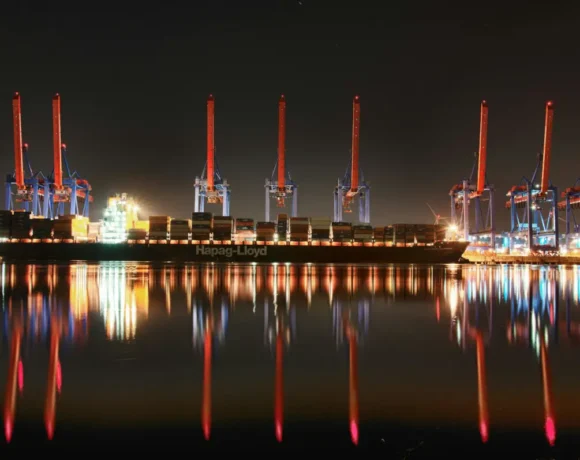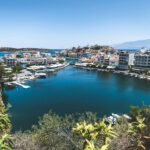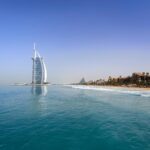The Fast-Warming Arctic & Its Inherent Dangers

Natural disasters and changes to the world around us have been nothing new for quite some time. In the winter of 2012, for example, the Svalbard archipelago was hit with a massive influx of warm weather – these counts broke any known records of heat and rain recorded at the corresponding time of year.
Slush avalanches damaged bridges and many dead reindeer in the region lined the landscape. As such, the region suffered massively and the region took a huge financial hit.
Now, scientists are predicting that – following research into the two-week period in which the records were broken – this could be the start of similar problems in other arctic regions across the world. European arctic areas are experiencing the highest rise in temperatures for more than thirty years, according to various researchers invested in the experiment.
With an average increase of more than 4 degrees in regions similar to Svalbard since the late 1990s, it’s something that many regions should perhaps start preparing for in the long-term. The region of Svalbard offered a unique chance to view such a unique weather change, but the residents of the region would probably disagree quite strongly!
With a mixed population of people and animals like reindeer, voles and arctic foxes, the casualties around the area were fairly high. In January 2012, roughly 98ml of rain fell in Ny-Alesund, which is something that only occurs roughly once per century, accounting for roughly 70% of the annual rainfall for the region in just two weeks!
This followed night temperatures of up to 7 degrees in the region. This strange mix of weather coated the region in an extremely slippery layer of ice, and was one of the key causes for a huge drop in tourism within the region. High numbers of reindeer carcasses came up, too, as their traditional food source as now encapsulated in ice – this drove away tourists in similar numbers.
The icy surface effectively put paid to most of the key tourist attractions like snowmobile riding and sledding. In fact, the airport even had to be closed for two days! Roughly 28% of the regular tourist numbers arrived in 2012 as they did in previous years.
Add in the fact that more avalanches were hitting the area than before, and similar regions to Svalbard should perhaps be looking at what could potentially be coming their way in the future.
Many roads and bridges were wiped out due to the excess avalanches, including an important bridge towards a primary school. Even worse for the residents of Svalbard is the lack of infrastructure to deal with these kinds of disasters – another large warning to many arctic cities across Europe.
So, is this going to be the norm? Or can we expect the events to remain a horrible coincidence for a year or so?
Well, given the fact that permafrost temperatures had risen by 5-degrees – rising concerns about the stability of roads and soils across the entire region – it might be something to start getting a little more vigilant about in the future.
It’s suggested that, going on current evidence carried out by the Norwegian Meteorological Institute, the heat increasing is something that’s only going to continue. Several alternative exports have looked at the case study, including the U.S. National Oceanic and Atmospheric Administration committee.
One of their oceanographers, James Overland, suggested that warmer overall temperatures globally could produce the chances of warmer disasters occurring, but that the position of Svalbard – close to the North Atlantic jet stream, noted for a massive variance in monthly temperatures – makes any solid conclusions hard to come by.
One of the main fears for arctic regions is the effect that this could have on the ecosystem of each specific region – it’s likely that these changes in temperature could affect the way that certain life lives in these areas.
These types of changes can only cause long-term strife and issue within arctic regions, and with the prediction that many plants in these regions face the prospect of being covered in ice for months at a time. This simply adds to the various problems for how both animals and humans within arctic areas which are heating up are going to live in the long-term.
The only real positive to come out from the regions change in temperature is the improvement in summer temperatures which help food supply during the season for reindeers. Whilst many have died out due to the conditions, the better quality of their natural foods in the area mean that they are producing more regularly, helping to somewhat balance the increased number of deaths.
Additionally, the winter before the 2012 hazards was increasingly mild, so it could have been much worse. However, without additional changes and a long-term look into the effects of what is causing these increases, there’s nothing to say that the next time there will be any positives to take from the research at all.















